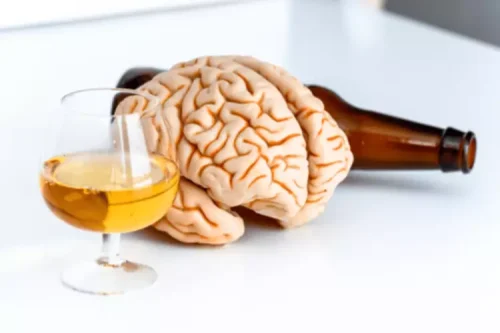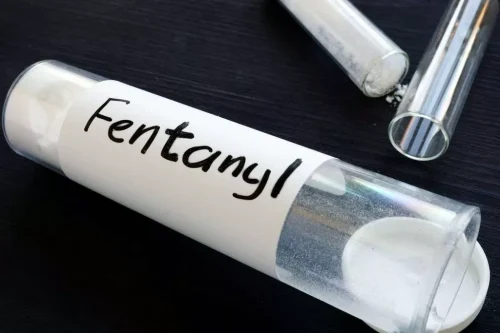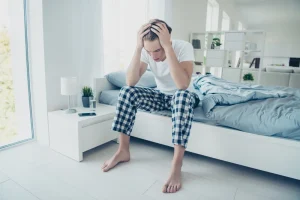
Aside from dangerous health risks, opiate abuse can also interfere with your personal life and close relationships with loved ones. However, a person who abuses drugs in large amounts or over extended periods of time is more likely to fall victim to an addiction. So, there’s a high risk that if you take these you may end up addicted to opiates; and in fact, some recent studies suggest that 3 out of every 4 people who are currently using Heroin started with prescription opiates. So not only are they addictive, but they are also potentially deadly.
Psychological signs of OUD
They may go to healthcare facilities in non-emergency situations to do so or trade medications for opioids with others. Sometimes people need to be admitted for withdrawal symptoms as they stop using opioids. Other times people attend therapy as an outpatient, which can be led by their physician or at a center that deals with addiction and rehabilitation. What should you do if your doctor prescribes an opioid drug for you?
What are the risk factors for opioid use disorder?
Counseling Schools looked at data from the CDC to see how the opioid epidemic is evolving across America. Since 2016, synthetic opioids like fentanyl have been the deadliest drug, https://ecosoberhouse.com/ accounting for over 80% of fatal overdoses. They include patients in treatment for opioid addiction, such as Stephanie, for whom a loss of coverage can bring fatal risk.
What is the prognosis for opioid use disorder?

As of 2023, coastal states and those in the Appalachian Mountains have been hit the hardest. Deadly drugs are especially prevalent in West Virginia, which suffered 78 deaths per 100,000 residents. One local organization trying to deal with that crisis has set up a mobile shower unit distributing harm reduction supplies and said it would use additional funds for a drop-in location and case management services. New York City has two overdose prevention centers, where users can consume drugs in a supervised setting. The sites exist under an agreement between the mayor and the police, although they remain illegal under federal, state, and local law. Hochul’s reticence to declare a public health emergency – which would expand the state’s power to address the crisis — has long frustrated advocates, New York Focus reported last year.

Opioid overdose
If people take opioids incorrectly, such as taking too high a dose or mixing them with certain other substances, it can cause an overdose. An opioid overdose is a medical emergency, and people will need immediate treatment. Deaths from opioid misuse have increased sharply in the last 20 years; over 68,000 people died from opioid overdose in 2020 alone.
How common is opioid use disorder?

Substances such as alcohol, marijuana and nicotine also are considered drugs. When you’re addicted, you may continue using the drug despite the harm it causes. There is an increased number of people misusing prescription pain medications and moving on to other drugs such as fentanyl or heroin. Unfortunately the number of people experiencing an overdose of opioids is significant.
There are a number of physical, psychological, and behavioral symptoms that may indicate that professional recovery treatment could be the way to go. Medications can block the effect of opioids, as well as control withdrawal and craving, and behavioral therapy and counseling can help people learn signs of opioid addiction to cope with and relate to opioids in healthy ways. People who are in treatment for their OUD are often able to improve many aspects of their social functioning and health. For instance, babies born to mothers who have OUD may have opioid dependence and can experience withdrawal symptoms.
Treatment in any of these settings may include use of medications such as methadone, buprenorphine or naltrexone, paired with support programs that can help people recover. The length of treatment for OUD should also be individualized for each patient. Some clinicians attempt to discontinue medications for OUD after 1 year of treatment. Other clinicians suggest that treatment should be lifelong due to the risk of relapse and overdose death after patients stop treatment. If treatment is stopped, medications should be decreased slowly and adjusted if withdrawal symptoms are observed.[31][32][33].
- American Addiction Centers (AAC) is committed to delivering original, truthful, accurate, unbiased, and medically current information.
- Werning said the Chicago Recovery Alliance is the oldest opioid education and naloxone distribution organization in the country.
- For nearly a decade, methadone has helped Stephanie juggle jobs and take care of her kids.
- Women also may be more likely than men to become dependent on prescription pain relievers.
- Synthetic cannabinoids, also called K2 or Spice, are sprayed on dried herbs and then smoked, but can be prepared as an herbal tea.
Opioid-related deaths

New treatments are being developed, awareness is growing, and more resources are being devoted to addressing this issue. It’s like watching the first rays of dawn after a long, dark night – the challenges are still there, but now we can see them more clearly and face them with renewed energy. Efforts to address the opioid crisis are ongoing at all levels – from grassroots community initiatives to federal policy changes. It’s like watching a massive cleanup effort after a natural disaster – it’s a daunting task, but every bit of progress counts.
- If you’re no longer experiencing pain, contact your local pharmacy for the safest way to dispose of your medication.
- The good news is recovery is possible through professional support and medication.
- Medication-assisted treatment (MAT) has emerged as one of the most effective approaches.
- Opioid use disorder often occurs in combination with other conditions like alcohol misuse.
Summer & THE CITY
Prescribers previously registered with a DATA Waiver will receive a new DEA registration certificate reflecting this change without further action. Additionally, there are no longer limits on the number of patients with OUD that a practitioner may treat with buprenorphine or tracking of patients treated with buprenorphine required. Pharmacists can now dispense buprenorphine prescriptions using the prescribing authority’s DEA number. Of note, prescribers are still required to comply with any applicable state limits regarding the treatment of patients with OUD. Information on State Opioid Treatment Authorities (SOTA) can be found at SAMHSA.gov.


